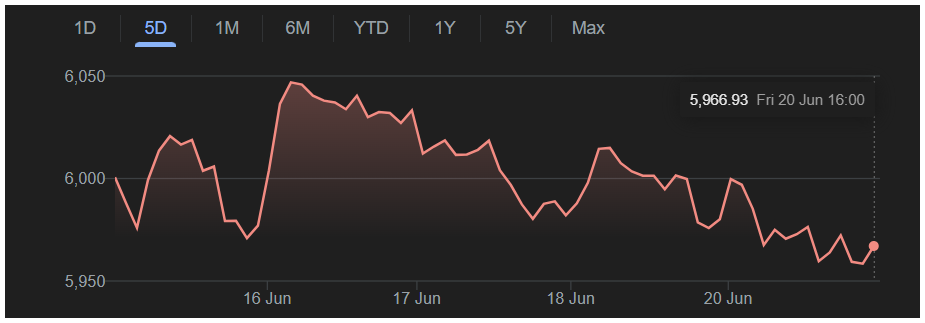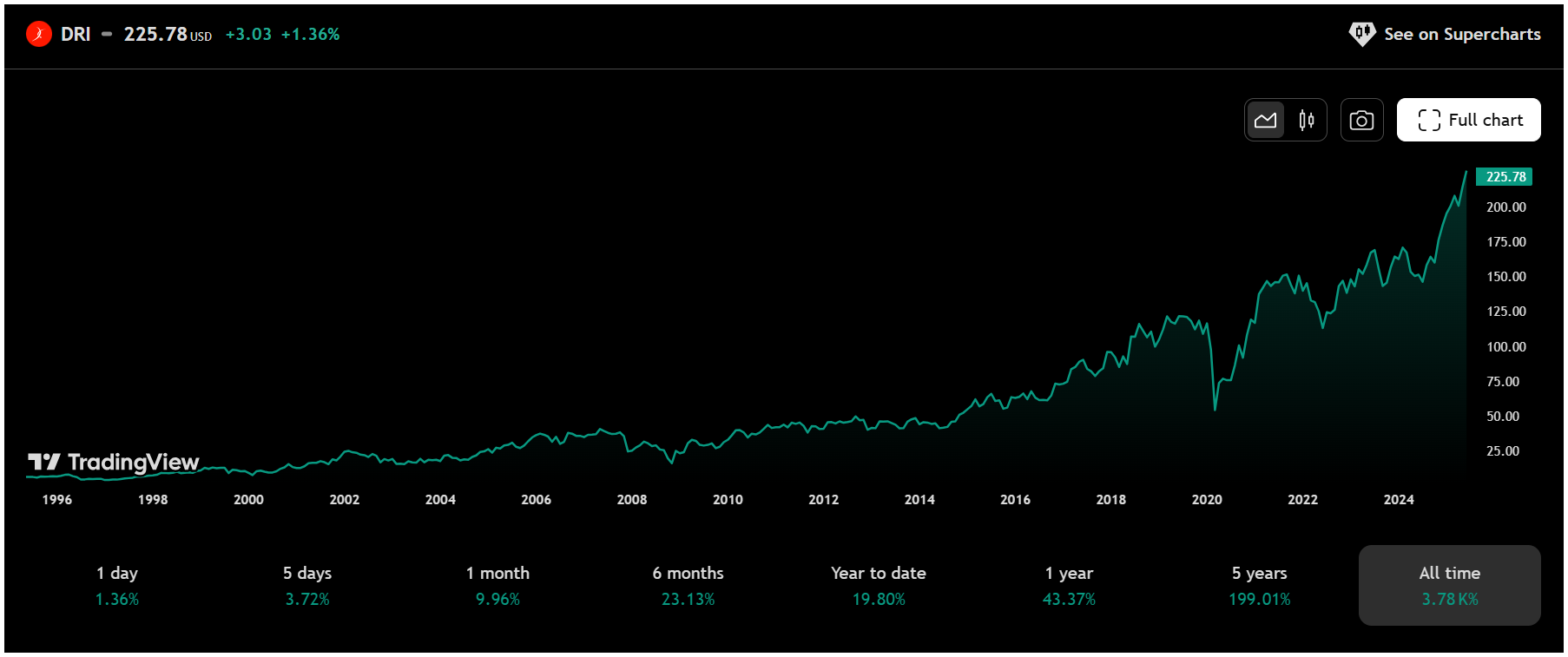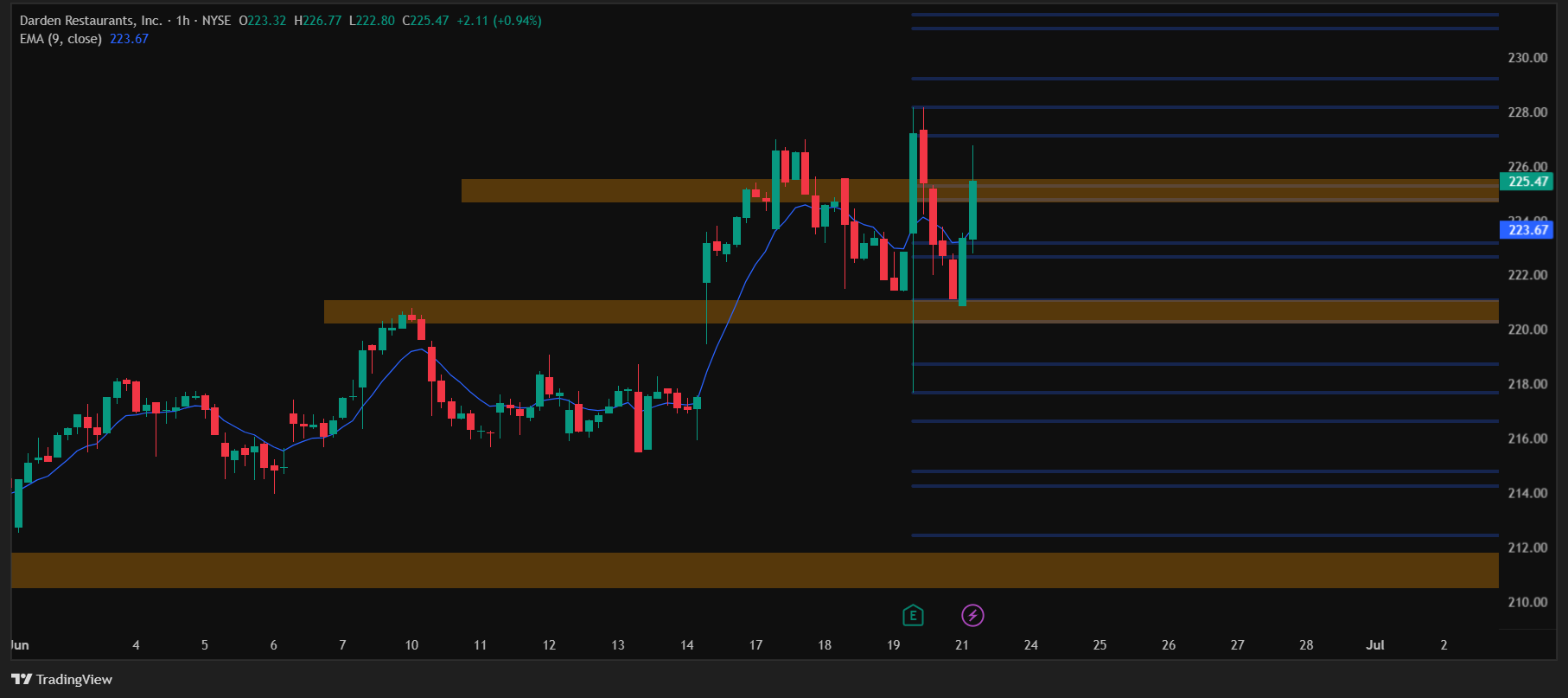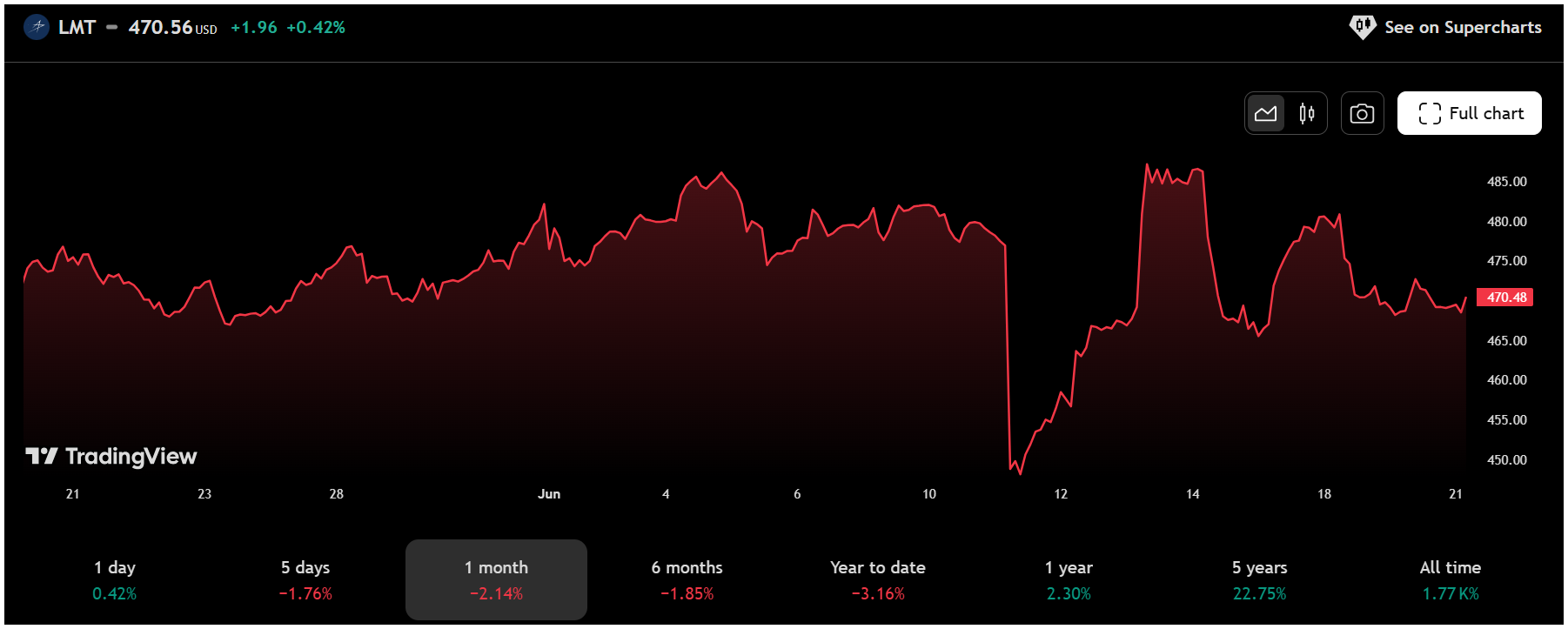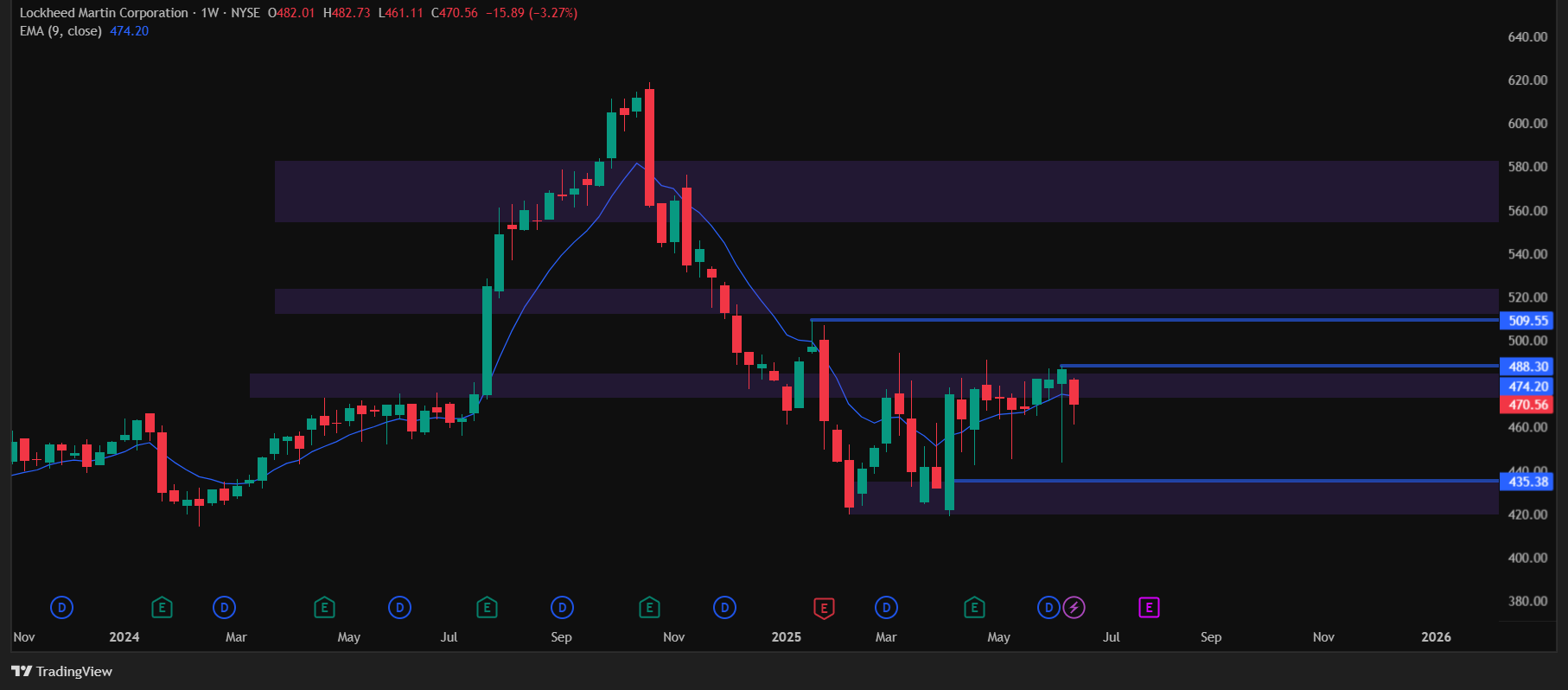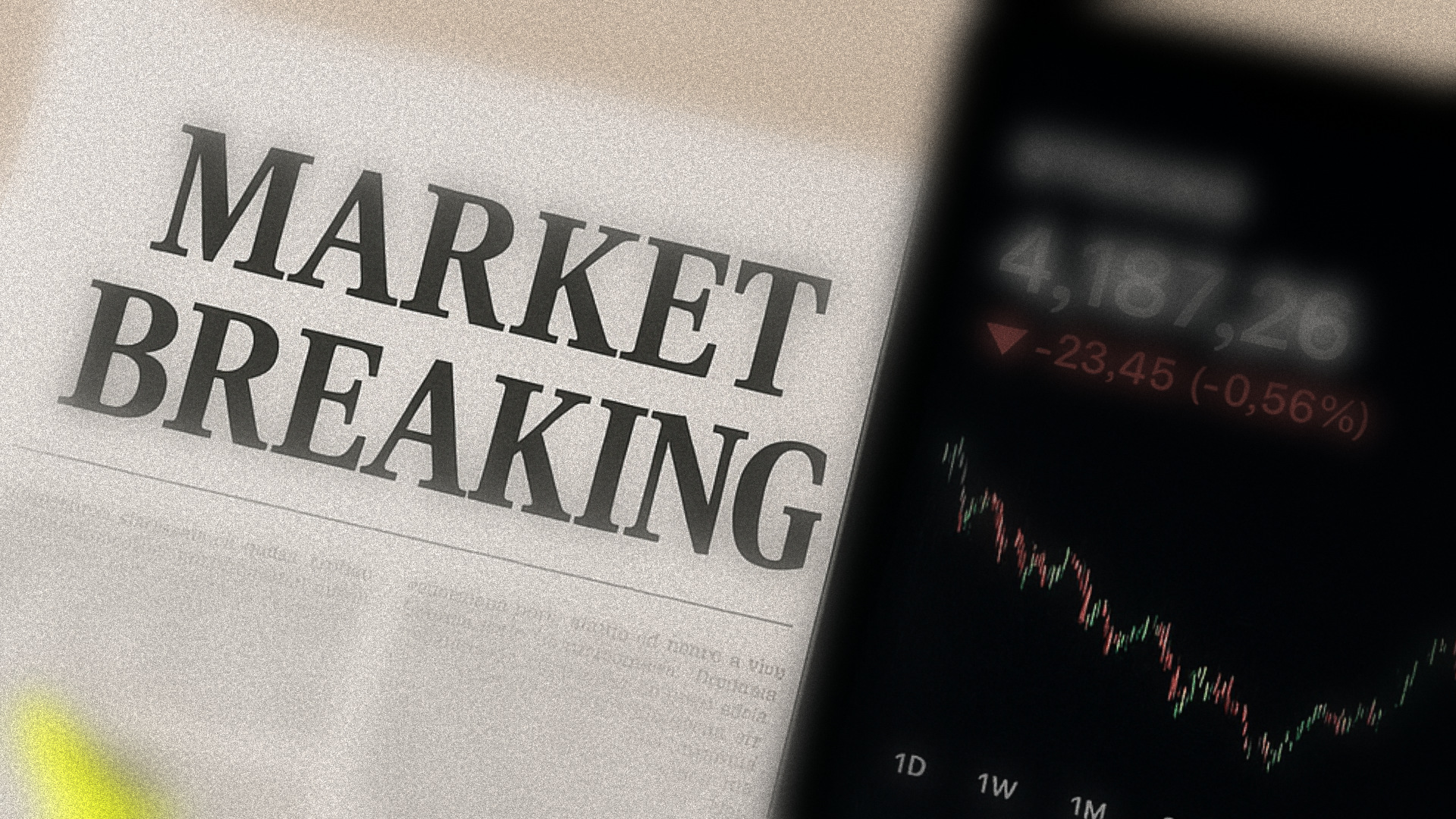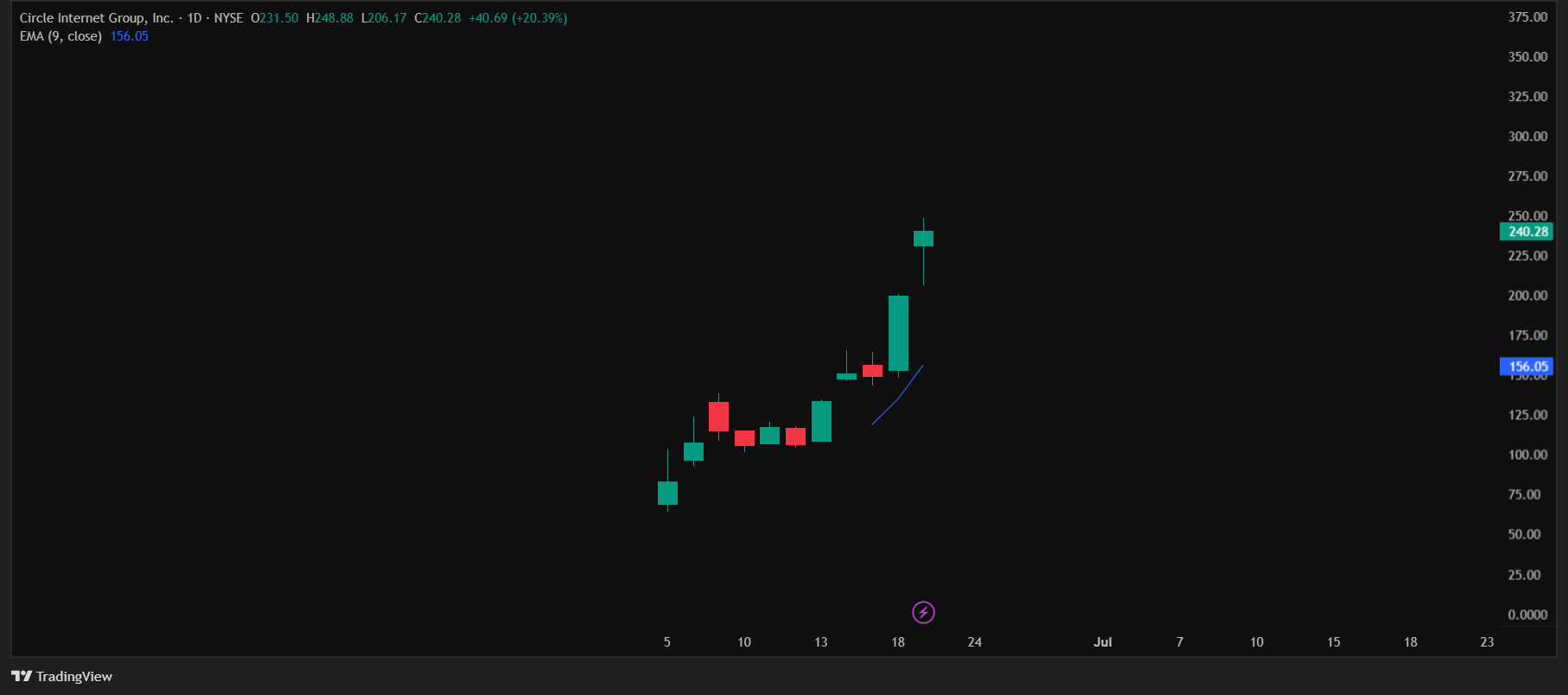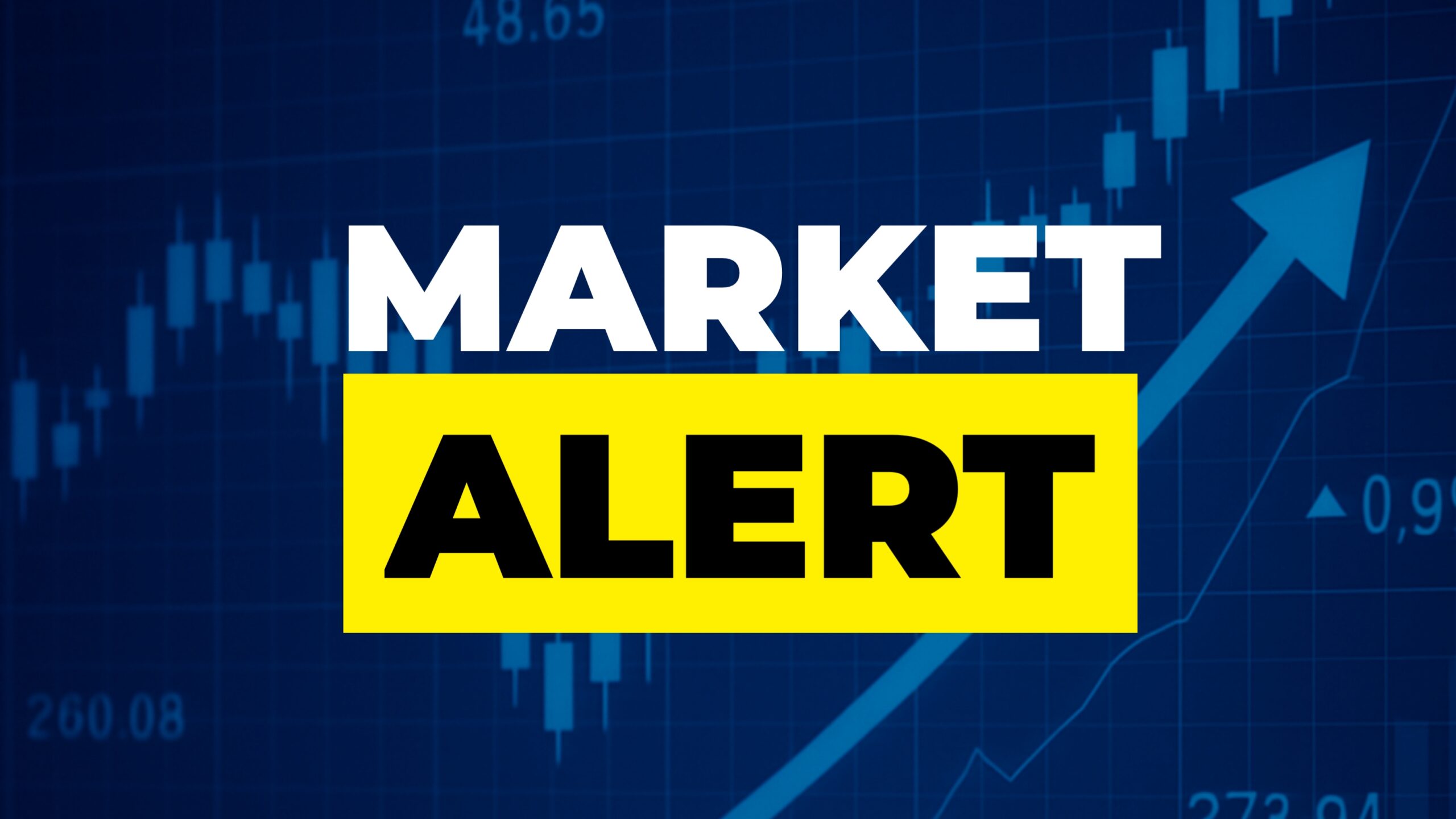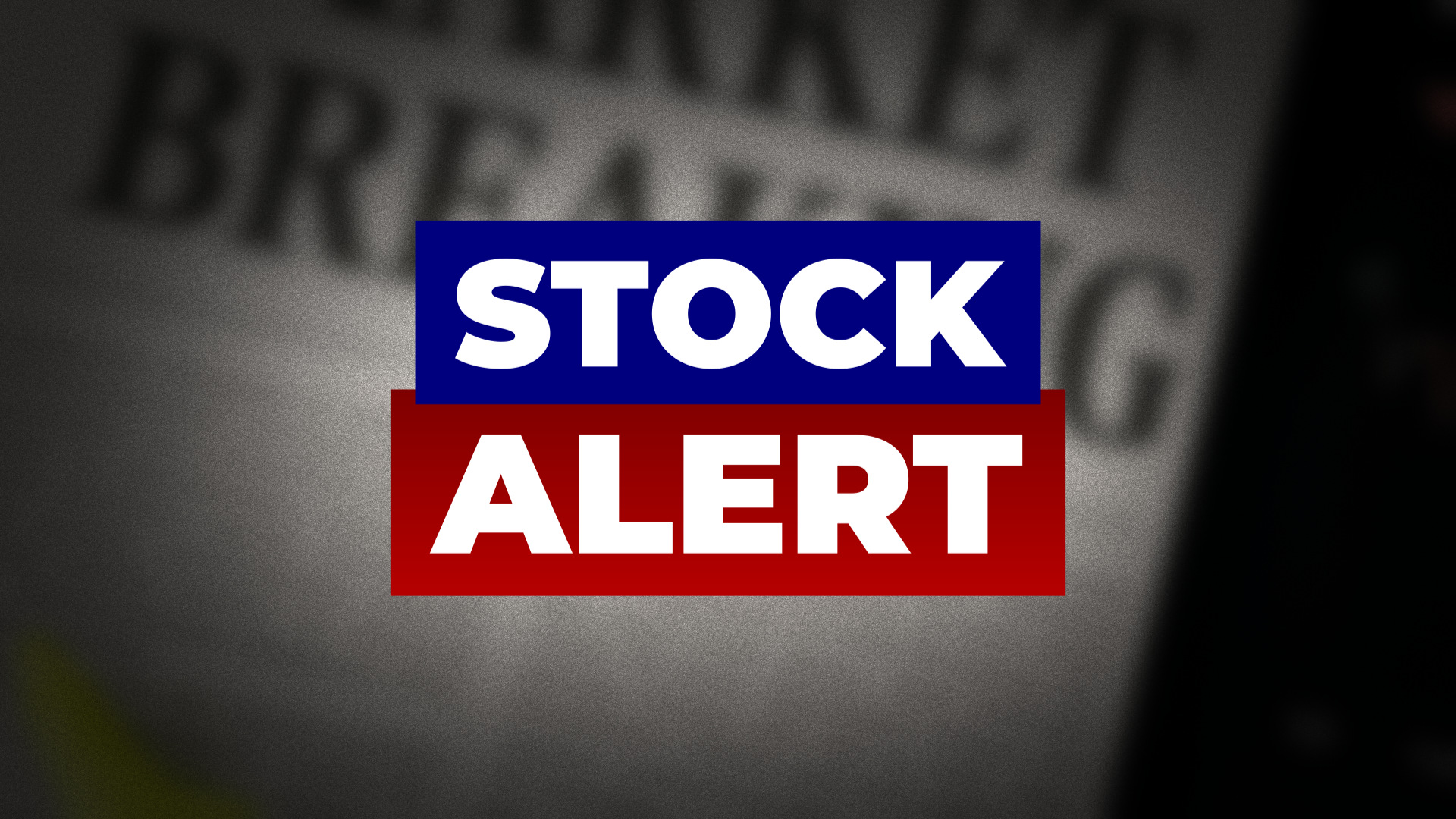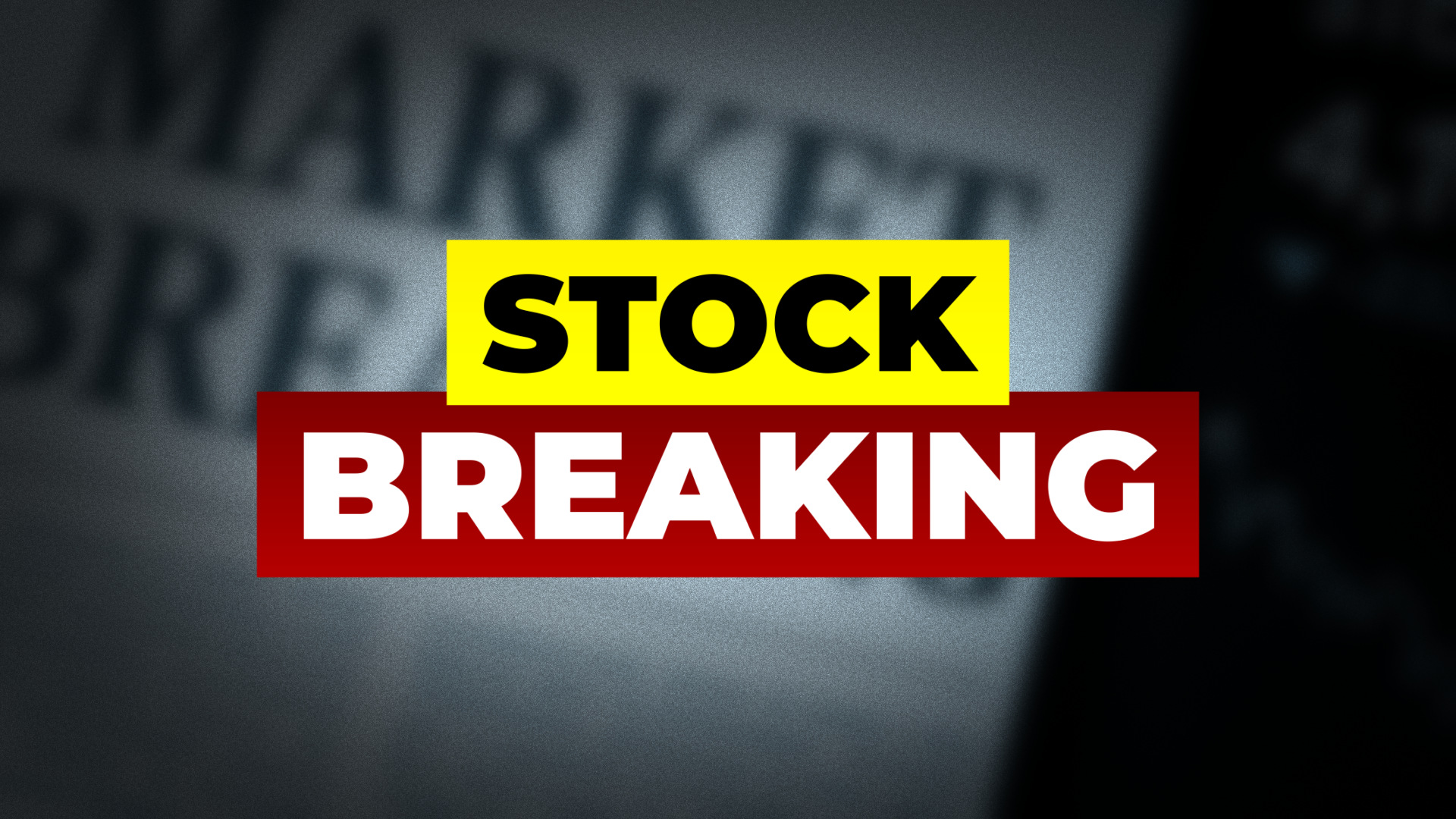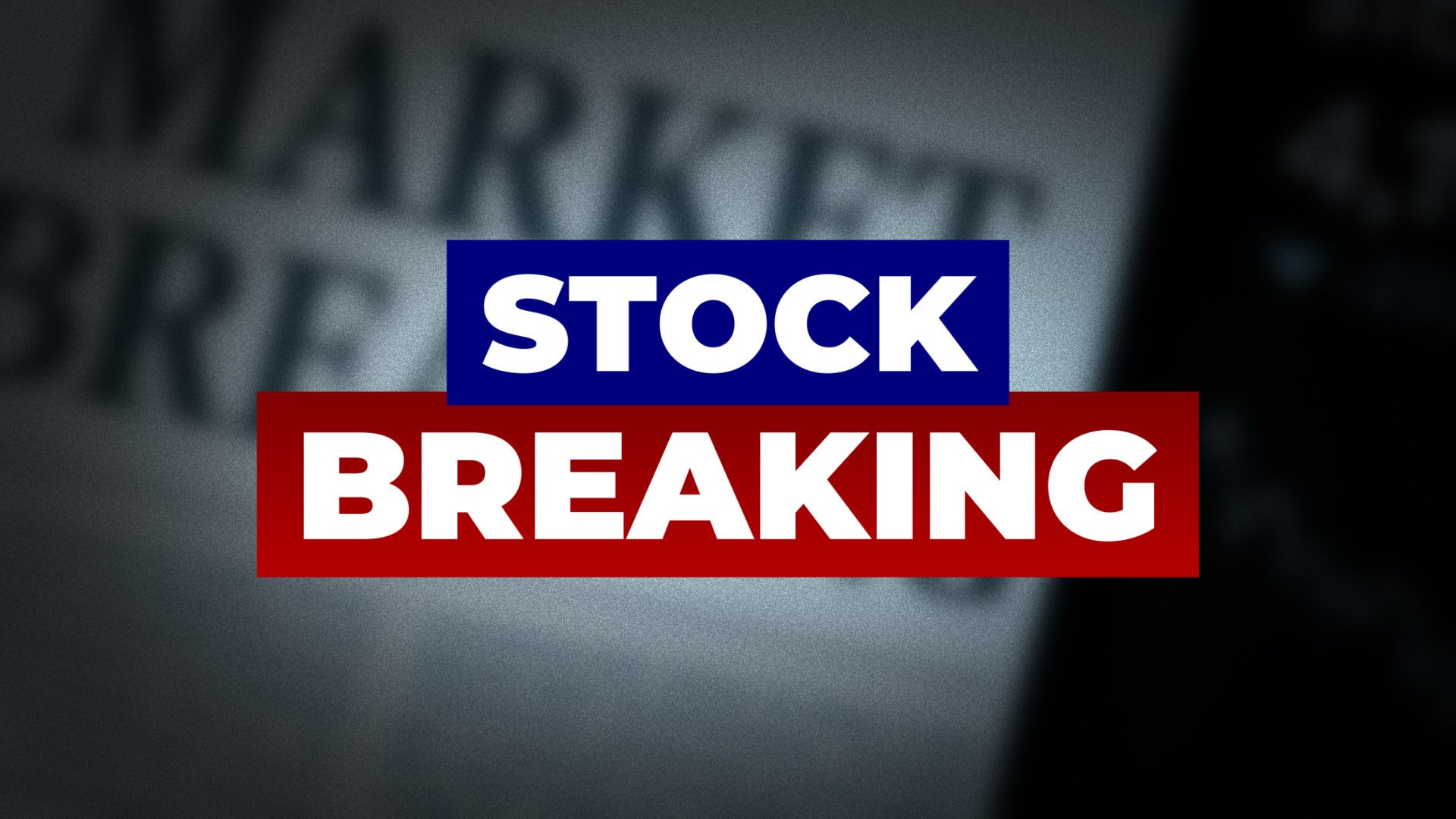New York || 03:36 AM ET – As geopolitical tensions escalate in the Middle East, particularly around the possible closure of the Strait of Hormuz, global markets are on high alert. The strait – responsible for transporting roughly 24% of global oil trade and one-third of liquefied natural gas (LNG) in Q1 2025 – plays a vital role in maintaining global energy flows.

Any disruption here could send oil prices surging to $110–$120 per barrel, triggering volatility across economies.
While such a scenario could pose risks for many sectors, it may also create upside opportunities for specific industries.
Below are seven stocks that could benefit if the Strait of Hormuz faces a prolonged disruption.
1. Exxon Mobil (XOM)
Sector: Energy – Oil & Gas Exploration
ExxonMobil stands out as one of the world’s largest integrated oil and gas companies. A closure of the Strait would likely cause oil prices to spike sharply, and ExxonMobil’s strong U.S. shale operations – particularly in the Permian Basin – are well-positioned to capitalize. As oil becomes more expensive globally, producers with low-cost operations outside the Middle East are set to benefit.
Key Catalyst: Rising Brent crude prices and integrated refining operations could drive stock upside.
2. Chevron (CVX)
Sector: Energy – Oil & Gas Production
Chevron’s diverse international portfolio minimizes its dependence on Middle Eastern oil. With upstream operations in the U.S., Canada, and Australia, Chevron could see margins expand amid higher global crude prices. Additionally, its LNG projects in Australia could gain from reduced Qatari exports if the Strait is blocked.
Key Catalyst: Strength in upstream and LNG operations under rising price scenarios.
3. APA Corporation (APA)
Sector: Energy – Independent Oil & Gas
APA Corporation focuses on upstream production in regions like the U.S., Egypt, and the North Sea. With minimal exposure to Middle Eastern logistics, APA could see significant earnings gains from surging oil prices. Its lean cost structure and focus on high-margin wells make it a nimble player in volatile energy markets.
Key Catalyst: Independent producers historically outperform during oil price spikes.
4. Scorpio Tankers (STNG)
Sector: Transportation – Shipping
A closure of the Strait would disrupt traditional shipping routes, increasing the demand for alternative and longer routes such as around the Cape of Good Hope. Scorpio Tankers, a major operator of product tankers, stands to benefit from the resulting surge in shipping rates and freight demand.
Key Catalyst: Global rerouting of petroleum shipping increases tanker day rates and utilization.
Also Read – Top 13 Stocks That Could Be Impacted by a Strait of Hormuz Blockade
5. Northrop Grumman (NOC)
Sector: Industrials – Aerospace & Defense
Rising geopolitical tensions usually trigger an increase in defense spending. Northrop Grumman, a top-tier defense contractor specializing in missile systems, drones, and cybersecurity, is expected to benefit from any military buildup in the Persian Gulf region.
Key Catalyst: Greater demand for U.S. missile defense and naval systems.
6. Barrick Gold (GOLD)
Sector: Materials – Gold Mining
In times of geopolitical turmoil, investors often flee to safe-haven assets like gold. Barrick Gold, one of the largest and lowest-cost producers, could see tailwinds if gold prices spike in reaction to market fear, oil-driven inflation, or rising global risks.
Key Catalyst: Gold’s historical performance as a hedge during military and inflationary crises.
7. Kinder Morgan (KMI)
Sector: Energy – Pipeline Infrastructure
Kinder Morgan operates a massive network of pipelines and energy terminals across North America. If oil and LNG flows through the Strait are restricted, the demand for domestically produced and transported energy could rise, benefiting Kinder Morgan’s throughput volumes.
Key Catalyst: Higher U.S. energy demand and rerouting increase pipeline utilization and stability.
Sector Summary
| Sector | Stock | Potential Catalyst |
|---|---|---|
| Energy | XOM, CVX, APA | Oil price surge and non-ME operations |
| Transportation | STNG | Tanker rerouting and higher freight rates |
| Defense | NOC | Increased global military spending |
| Materials | GOLD | Flight to gold as a safe-haven asset |
| Energy Infra | KMI | Domestic pipeline demand boost |
The Bottom Line
While a complete closure of the Strait of Hormuz is unlikely due to Iran’s own reliance on it and U.S. naval presence in the region, even a short-term disruption could create meaningful market movements. These seven stocks, spanning multiple sectors, offer exposure to energy price surges, supply chain disruptions, and defense upswings.
This article is for informational purposes only and should not be considered financial advice. Investing in stocks, cryptocurrencies, or other assets involves risks, including the potential loss of principal. Always conduct your own research or consult a qualified financial advisor before making investment decisions. The author and publisher are not responsible for any financial losses incurred from actions based on this article. While efforts have been made to ensure accuracy, economic data and market conditions can change rapidly. The author and publisher do not guarantee the completeness or accuracy of the information and are not liable for any errors or omissions. Always verify data with primary sources before making decisions.
Dawson Blake is a financial markets expert with over 10 years of experience, focusing mainly on stock market news and price movements. He aims to become a top-tier authority in curating stock news content that readers can trust as their go-to source for market information. Dawson enjoys breaking down market activity, company updates, and daily trends to help investors stay informed and make smarter financial decisions. His writing is simple, clear, and designed to make the stock market easy to follow for everyone.



